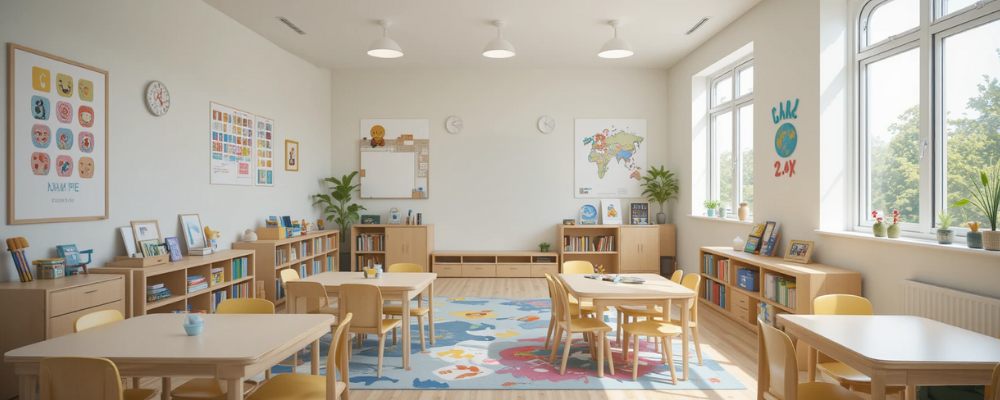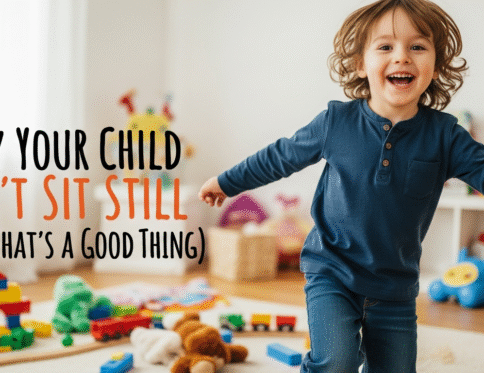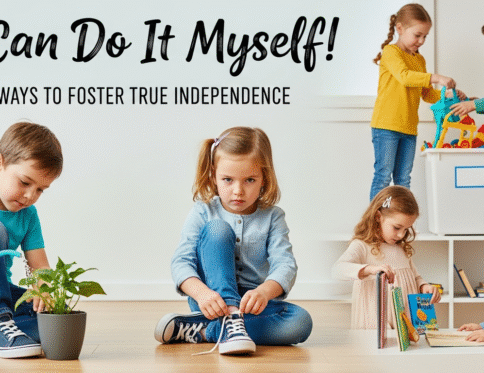For children with autism, the classroom environment can often be overwhelming. Bright lights, loud noises, and cluttered spaces can lead to sensory overload, making it difficult for students to focus, communicate, and learn effectively. Reducing overstimulation in autism classrooms is not just beneficial—it’s essential for creating an inclusive and supportive learning environment. In this blog post, we’ll explore a case study that highlights practical strategies for minimizing overstimulation and improving learning outcomes for students with autism.
Understanding Sensory Overload in Autism
Sensory processing challenges are common among individuals with autism. Many children with autism are hypersensitive to sensory input, meaning they may find everyday stimuli like fluorescent lights, background noise, or even the texture of clothing overwhelming. This sensory overload can lead to anxiety, meltdowns, and difficulty concentrating, all of which hinder learning and social interaction.
The Importance of a Sensory-Friendly Classroom
A sensory-friendly classroom is designed to minimize distractions and create a calming environment that supports the unique needs of students with autism. By reducing overstimulation, educators can help students feel more comfortable, focused, and ready to learn. Research shows that sensory-friendly modifications can lead to improved academic performance, better behavior, and enhanced social skills.
Case Study: Transforming an Autism Classroom
Background:
A primary school in the Midwest noticed that students in their autism support classroom were struggling with frequent meltdowns, difficulty transitioning between activities, and low engagement levels. The school decided to implement sensory-friendly modifications to address these challenges.
Strategies Implemented:
- Soft Lighting: The school replaced harsh fluorescent lights with soft, natural lighting. They also added dimmer switches to allow teachers to adjust the brightness according to the students’ needs.
- Noise Reduction: To minimize auditory distractions, the classroom was equipped with sound-absorbing panels, rugs, and curtains. White noise machines were also introduced to mask disruptive sounds.
- Calm Color Palette: Bright, bold colors were replaced with calming, neutral tones like beige, light blue, and soft green. This helped create a more soothing atmosphere.
- Organized Layout: The classroom was rearranged to reduce clutter and create clear pathways. Furniture was arranged into distinct zones for different activities, such as a quiet reading corner and a hands-on learning area.
- Sensory Breaks: The school introduced scheduled sensory breaks, allowing students to engage in calming activities like deep pressure exercises, swinging, or using fidget tools.
- Visual Supports: Visual schedules, labels, and cues were added to help students understand routines and transitions. This reduced anxiety and provided a sense of predictability.
- Flexible Seating: Traditional desks and chairs were replaced with flexible seating options like bean bags, wobble chairs, and floor cushions. This allowed students to choose seating that best suited their sensory needs.
Results:
After implementing these changes, the school observed significant improvements in student behavior and engagement. Meltdowns decreased by 40%, and students were better able to transition between activities. Teachers also reported higher levels of participation and improved academic performance.
Key Takeaways from the Case Study
- Small Changes Make a Big Difference: Simple modifications like adjusting lighting or adding visual supports can have a profound impact on students’ comfort and focus.
- Individualization is Key: Every child with autism is unique, so it’s important to tailor the classroom environment to meet their specific needs.
- Collaboration is Essential: Teachers, parents, and therapists should work together to identify sensory challenges and implement effective solutions.
- Consistency Matters: Maintaining a predictable and structured environment helps students feel safe and secure.
Practical Tips for Reducing Overstimulation in Autism Classrooms
- Use Natural Light: Whenever possible, rely on natural light instead of artificial lighting.
- Incorporate Quiet Spaces: Create designated quiet areas where students can retreat when feeling overwhelmed.
- Limit Visual Clutter: Keep walls and surfaces free from excessive decorations or posters.
- Provide Sensory Tools: Offer items like noise-canceling headphones, weighted blankets, or stress balls to help students self-regulate.
- Train Staff: Ensure that teachers and support staff are trained in sensory processing issues and strategies for managing overstimulation.
Conclusion
Reducing overstimulation in autism classrooms is a powerful way to support the learning and well-being of students with autism. By creating a sensory-friendly environment, educators can help students feel more comfortable, focused, and engaged. The case study highlighted in this post demonstrates that even small changes can lead to significant improvements in behavior, participation, and academic outcomes. With thoughtful planning and collaboration, schools can create inclusive classrooms where every student has the opportunity to thrive.
Disclaimer:
The information provided in this article is for informational purposes only and should not be considered a substitute for professional advice. Always consult with a qualified educator, therapist, or medical professional before making decisions related to the education or care of a child with autism.






